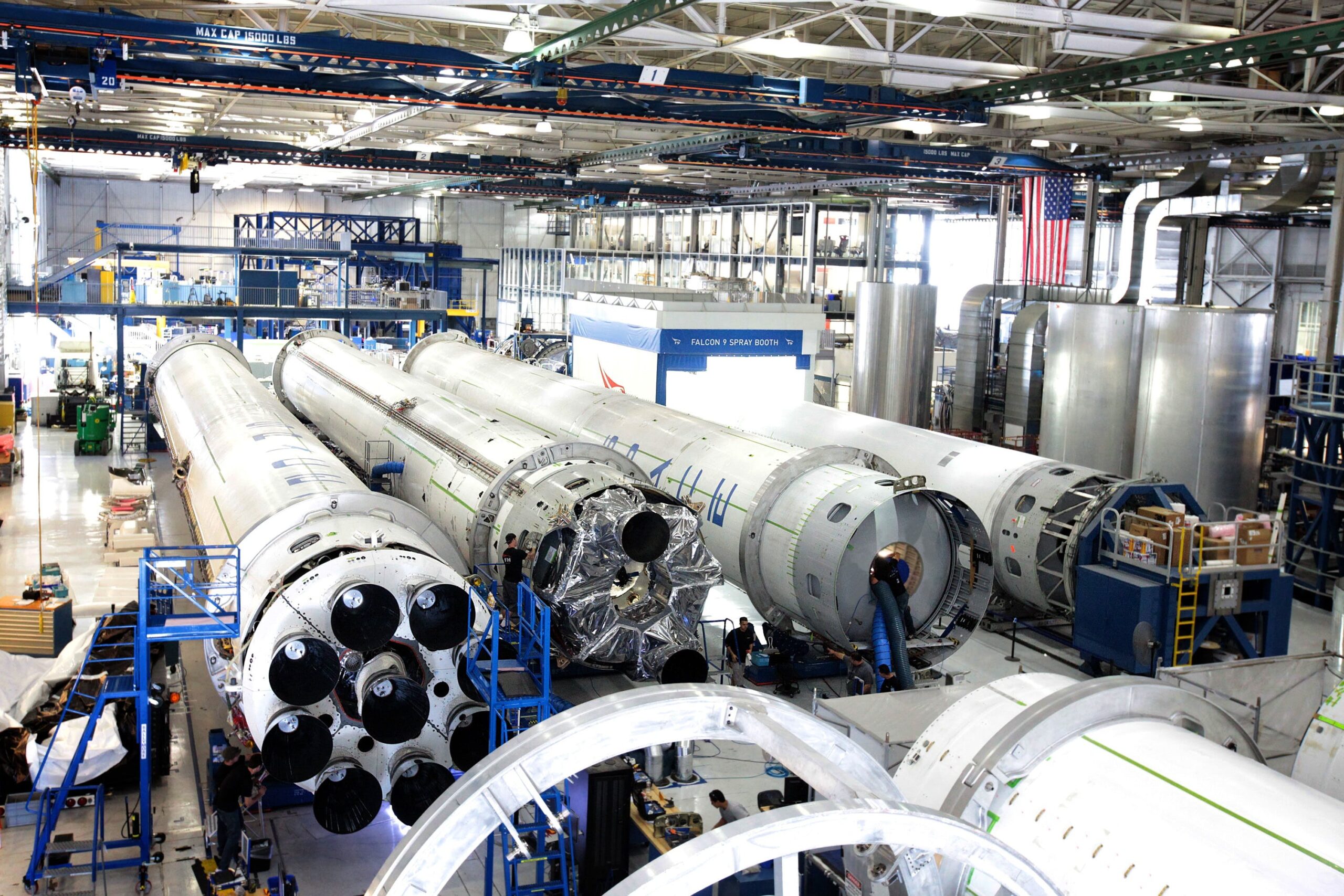A straight pipe exhaust is a type of aftermarket exhaust system that replaces the factory exhaust system in a car. The main goal of a straight pipe exhaust is to improve the performance and sound of a car by increasing the flow of exhaust gases from the engine. Instead of using a set of mufflers, a straight pipe exhaust system is designed to allow the exhaust gases to flow straight through the pipes, without any obstructions. As a result, a straight pipe exhaust can significantly improve a car’s horsepower and torque.
There are several different types of straight pipe exhaust systems available on the market today. Some are made from stainless steel, while others are made from aluminized steel. Some are designed for specific makes and models of cars, while others are more universal. In general, a straight pipe exhaust system is a bolt-on upgrade that can be installed relatively easily by a professional mechanic or experienced car enthusiast.
Performance Gains of a Straight Pipe Exhaust
One of the main benefits of a straight pipe exhaust is the significant performance gains that it can provide. Without the added backpressure of a muffler, exhaust gases can flow more freely through the exhaust system, which can translate into improved horsepower and torque. In some cases, a straight pipe exhaust can improve a car’s performance by as much as 20% or more.
Additionally, a straight pipe exhaust can also provide other performance benefits. It can improve a car’s throttle response, accelerate the turbocharger spoolup, and add more power across the powerband. Some drivers even report improved fuel efficiency with a straight pipe exhaust, although this can vary depending on driving habits and other factors.
In terms of sound, a straight pipe exhaust is much louder than a factory exhaust system, resulting in a more aggressive exhaust note. Depending on the type of car and the specific straight pipe exhaust system used, the sound can range from a deep rumble to a straight-up roar. While some drivers love the attention-grabbing sound of a straight pipe exhaust, others may find it to be overly loud or obnoxious.
Pros and Cons of a Straight Pipe Exhaust
While a straight pipe exhaust can provide significant performance gains and a more aggressive exhaust note, there are also some potential drawbacks to consider. One of the main downsides of a straight pipe exhaust is the increased noise level. In some cases, a straight pipe exhaust can be so loud that it may violate local noise ordinances. Additionally, the drone noise in the cabin can become unbearable during longer trips. Some drivers may also find the sound to be too aggressive for daily driving and may attract unwanted attention.
Another potential downside of a straight pipe exhaust is the lack of a catalytic converter. Some straight pipe exhaust systems may not contain a catalytic converter, which is required by law in most states in the USA. Without a catalytic converter, a car may not pass emissions and state inspections. Along with this, removing the emissions control systems may lead to a significant potential for issues with long-term engine reliability and harmful environmental effects.
Despite these potential drawbacks, many drivers still choose to install a straight pipe exhaust for the performance gains and overall experience it can offer.

Legalities of a Straight Pipe Exhaust
Before installing a straight pipe exhaust, it is important to consider the potential legal implications. In most states in the USA, it is illegal to operate a car without a muffler or with an exhaust system that is excessively loud. A straight pipe exhaust can fall into both of these categories.
In general, drivers should check their local noise ordinances and emissions regulations before installing a straight pipe exhaust. In some cases, a straight pipe exhaust may only be legal for track use or off-road use, which means that it cannot be used on public roads. Additionally, if a driver is pulled over or cited for a noise violation or emissions violation, they may be required to pay a fine and/or remove the straight pipe exhaust system.
Overall, it is important to carefully consider the potential legal implications of a straight pipe exhaust before installing one on a car.
How to Install a Straight Pipe Exhaust
Installing a straight pipe exhaust can be a bit more complicated than installing a standard muffler-back exhaust system. Here are the basic steps to follow:
- Begin by safely jacking up the car and placing it on jack stands. Be sure to follow all safety precautions before attempting any work under the car.
- Remove the old exhaust system, including the muffler and catalytic converter (if applicable).
- Measure and cut the straight pipe exhaust to the appropriate length, using a cutting wheel or other appropriate tool.
- Install any necessary brackets and hangers to secure the straight pipe exhaust to the car’s chassis.
- Connect the straight pipe exhaust to the headers using exhaust clamps or other appropriate connectors.
- Reinstall any heat shields or other components that were removed during the installation process.
- Start the car and check for any leaks or other issues. Make sure to adjust the alignment of the straight pipe exhaust system as needed.
It is recommended to have a professional mechanic install a straight pipe exhaust system, as improper installation can result in leaks, damage to the car, and a decreased performance.

Alternatives to a Straight Pipe Exhaust
While a straight pipe exhaust can provide some significant performance gains and a unique exhaust note, it may not be the best choice for every driver. There are several other aftermarket exhaust options to consider, including:
- Muffler-back exhaust systems: These systems replace the muffler and exhaust pipes from the rear of the car to the tailpipe. They typically offer improved performance and a more aggressive exhaust note, while remaining street-legal.
- Cat-back exhaust systems: These systems replace the muffler, exhaust pipes, and sometimes the catalytic converter from the rear of the car to the headers. They offer even larger horsepower gains while remaining legal in most states.
- Axle-back exhaust systems: These systems replace only the muffler and rear exhaust pipes. They are typically the most affordable exhaust upgrade and may offer some performance gains, but are not as effective as other options.
Each of these exhaust systems has its unique benefits and drawbacks, depending on the make and model of the car and the driver’s preferences. Ultimately, it is up to the driver to determine which aftermarket exhaust system is the best fit for their needs and budget.








